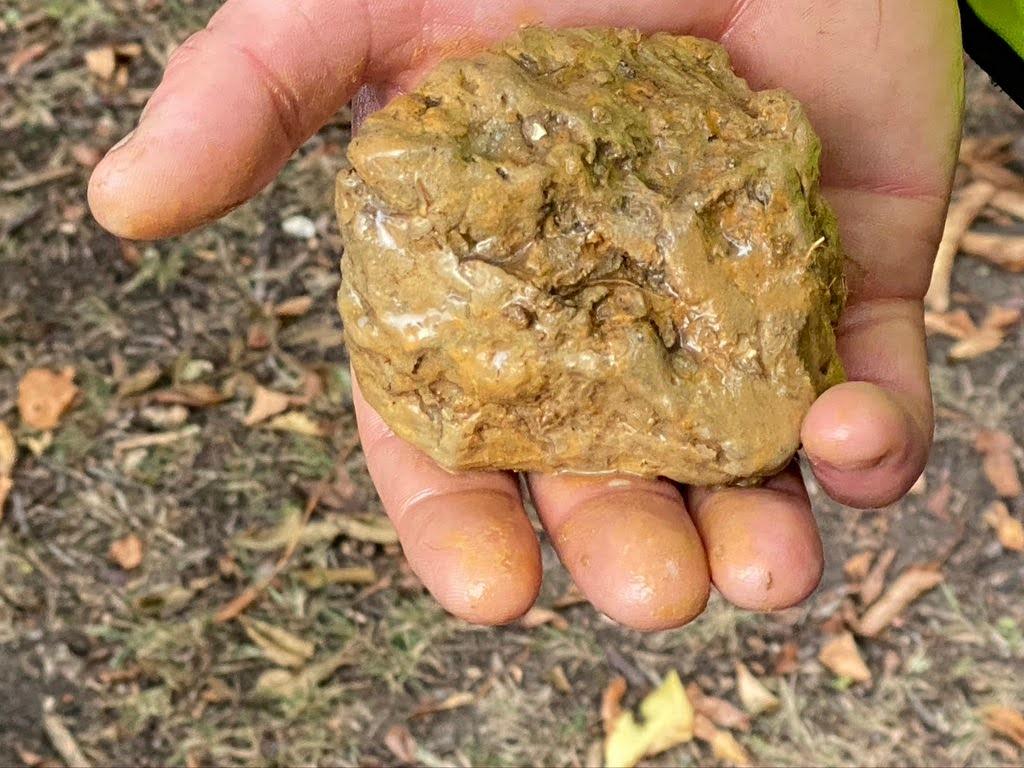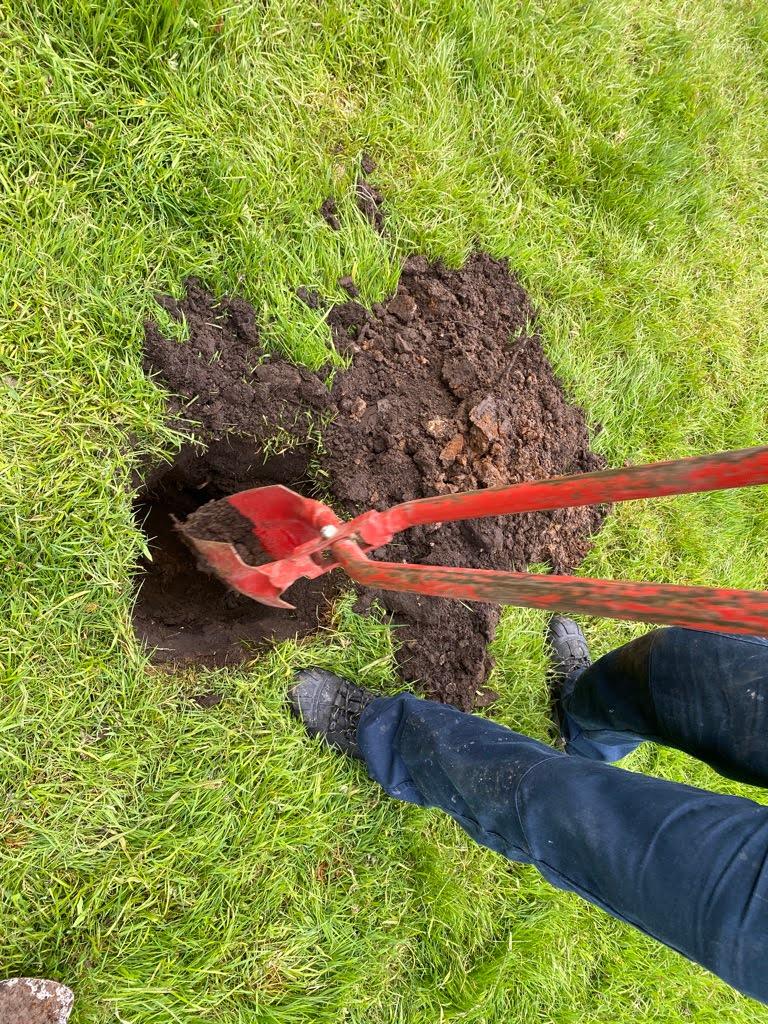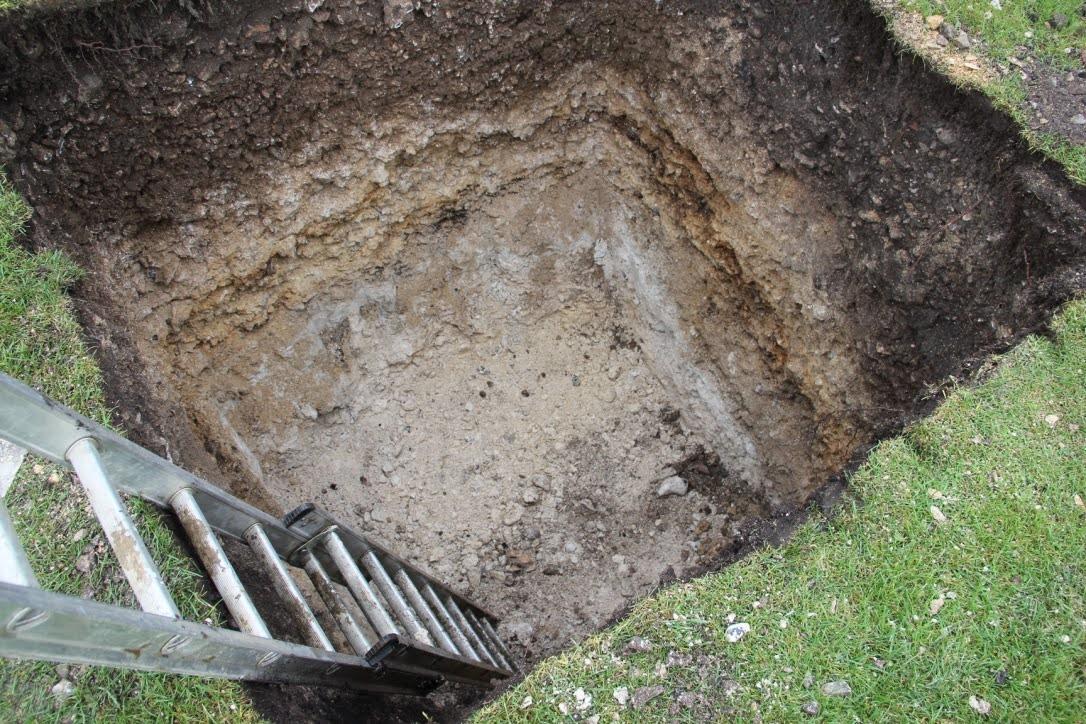Porosity Test for Septic Tank
Contact our experts
for more on septic tank installation. Call us on 0800 0488 701

Porosity testing is a crucial step in assessing the suitability ground for a septic tank installation. It helps determine the absorption and drainage capacity of the soil, ensuring the efficient operation of the septic system.
Purpose
Porosity tests evaluate the rate at which water drains through the soil. This information is essential to design a septic system that operates effectively without causing environmental harm or groundwater contamination.
Site Details
Site Assessment
- A preliminary site assessment is to identify potential area for septic tank installation. Prior to carrying out a percolation test, you need to carry out a Groundwater Source Protection Zone (SPZs) search to establish if there are any protected groundwater supplies present in your area ( zones that provide drinking water throughout England).
- To determine whether your property is within the inner zone 1.

Test Procedure
Location: Farnham
- Hole Preparation:
- Dig several test holes at the proposed site, each approximately 1000mm deep and 3000mm in diameter.
- Ensure the holes have straight sides to avoid inaccurate measurements.
- Initial Saturation:
- Fill each hole to your mark, with water and leave it to drain completely. This pre-soaks the soil, mimicking wet ground conditions.
- Conducting the Test:
- Refill the hole up to your mark ‘with water, this time measuring the depth of water in the hole.
- Measure the time taken for the water to drain completely.
- Calculating Porosity:
- Calculate the rate of drainage by dividing the depth of water by the time taken for it to drain.
- Record the results for analysis.
Analysis
- Soil Type: Identify the soil type based on the porosity results (e.g., sandy, clay, loam).
- Drainage Rate: Determine if the drainage rate meets local regulations for septic systems.
- Acceptable drainage rates often range between 10mm and 30mm per hour.

Conclusion
- Suitability Assessment: Assess whether the site is suitable for a septic tank based on test results and provide recommendations for system design.
- Recommendations: If the site is unsuitable, suggest alternative solutions.
Documentation
- Ensure all measurements, calculations, and conclusions are documented clearly.
- Submit the documentation to local authorities if required by regulations.
Follow-Up
- Schedule regular monitoring and maintenance checks to ensure the septic system remains efficient and compliant with environmental guidelines.
Note
It's essential to hire a qualified professional to conduct the porosity test and interpret the results accurately.
⸻
This guide outlines the steps and considerations for performing a porosity test for a septic tank in Farnham, ensuring compliance with local regulations and environmental standards.
Find out more about septic tank installations and recommendations.

